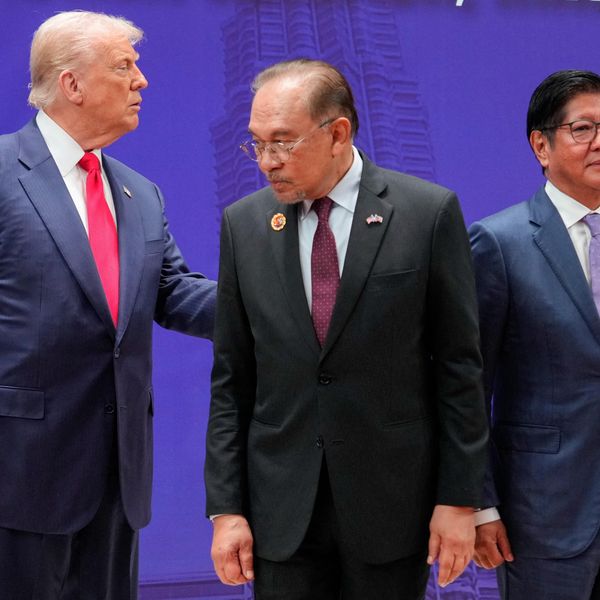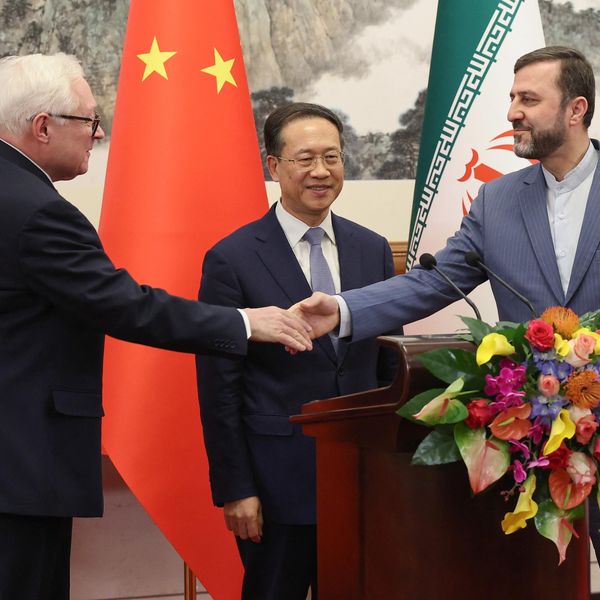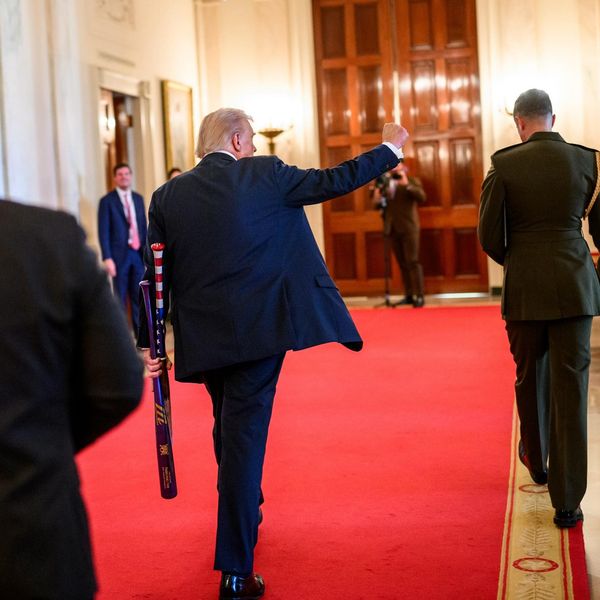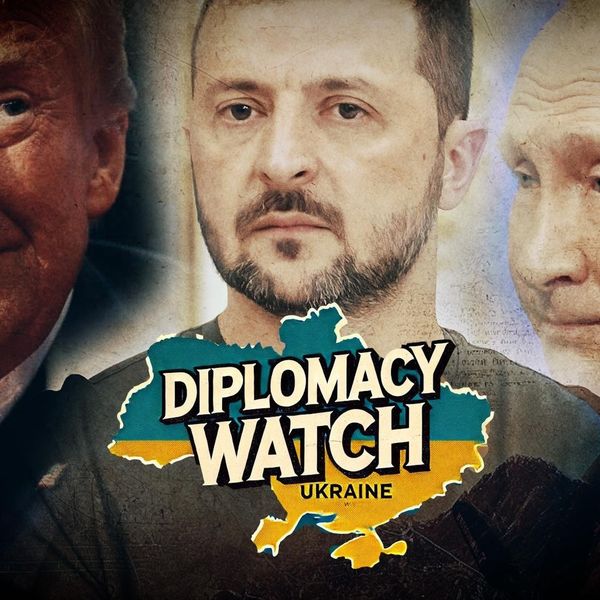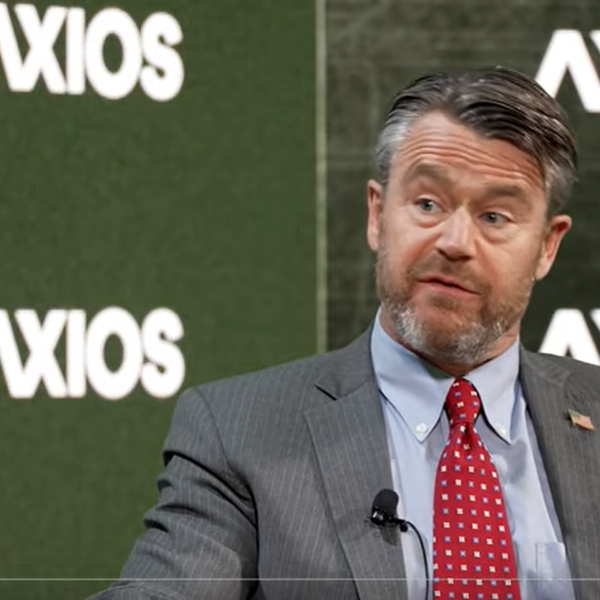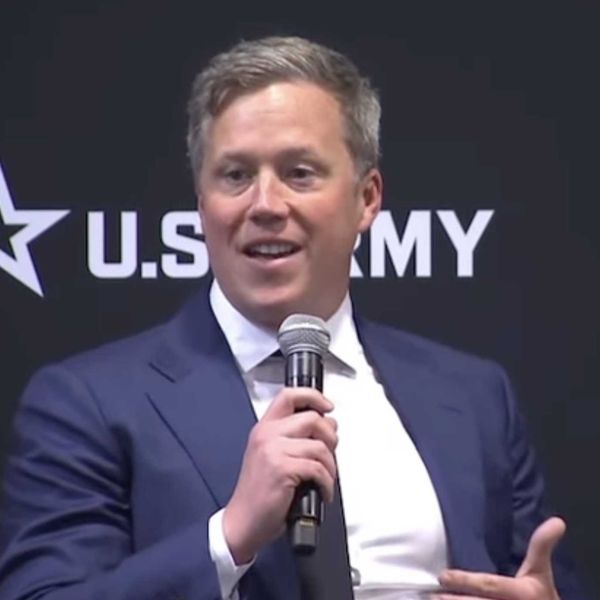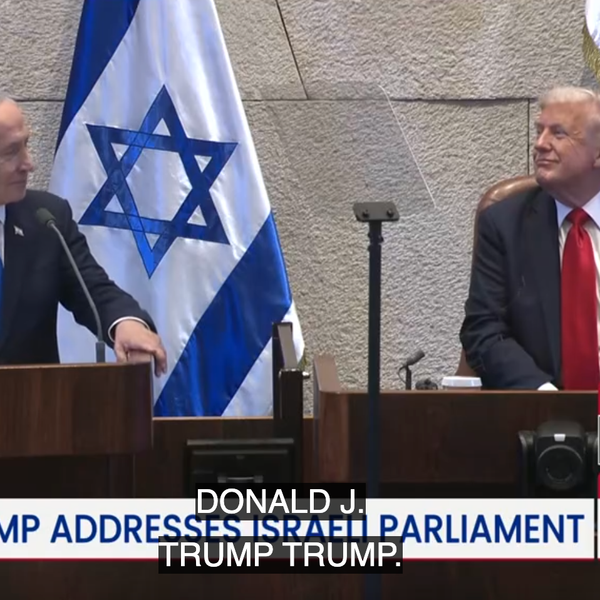The onset of the 21st — also referenced as the “Asian” — century witnessed growing debate over China’s rise, which was mainly focused on calling it either revisionist or “peaceful.” Countries around the world, and especially the United States, eventually perceived the rise of China as detrimental to their own national security interests and sought to contain, if not counter, it.
India, however, despite having a running boundary dispute with Beijing, heeded to its own exclusive foreign policy outlook. It implemented ‘strategic autonomy’ in policies and attempted to balance its economic gains with China against the security threat that the Chinese military poses towards India. Even though New Delhi was mindful of China’s massive military modernization and the rising profile of the People’s Liberation Army posing a serious threat to India’s territory, attempts to maintain a stable and strategic partnership with Beijing were never entirely discounted in New Delhi’s foreign policy.
The rhetoric of the “Asian century,” coupled with India’s steadfast engagement with BRICS (Brazil-Russia-India-China-South Africa), New Development Bank, and Asian Infrastructure Investment Bank, as well as its eventual membership in the Shanghai Cooperation Organization (SCO), has encouraged the prospects of China-India relations to be stable if not bright. However, at present, especially after the continued boundary friction in the last five years, this optimism seems to have been buried with national ambitions and competing foreign policy frameworks. The stalemate in the western sector of the China-India boundary, particularly following the Galwan valley, has raised a permanent doubt on whether China-India relations will ever return to normalcy. What direction will the relations between the two Asian giants take in the coming year?
Post the Galwan crisis of 2020, China-India relations have been steadily declining, and are “still at a low point,” particularly as border disputes, competing nationalisms, competitive power politics, and competition for resources and regional power play in the Indo-Pacific have taken a front seat and emerged as critical variables gradually defining the bilateral relationship. Additionally, China’s rivalry with the United States and India’s evolving strategic partnership ‘“for Global Good” with Washington are also subtly shaping the China-India equation.
India has been successful in renewing its commitment to the Quadrilateral Security Dialogue, or Quad, bolstering its defense partnerships bilaterally with Quad countries and other Indo-Pacific partner states, and utilizing an active Indian Ocean maritime security strategy. Similarly, China has been expanding its footprint in the Himalayan neighborhood of India through its “charm offensives,” developing strategically robust ties with countries like Pakistan, Afghanistan (now under the Taliban), and Nepal (creating somewhat of a Himalayan Quad), while neglecting India’s security and sovereignty concerns.
Importantly, however, the parameters of “equilibrium and equations” overlook an important reality: China and India continue to share robust trade relations despite a chill in bilateral ties, even post 2020. The China-India trade volume will most likely cross a record figure of $100 billion by the end of 2021. Meanwhile, the trade deficit between the two countries stands at $30 billion — a considerable decline from the deficit of $53.57 billion in 2018-19.
Such an outcome is largely a result of the focus on India’s “economic nationalism,” implemented domestically (e.g. ‘Aatmanirbhar Bharat’) and supported multilaterally (e.g. Supply Chain Resilience Initiative). Such economic measures highlight that in 2022, especially amid a continuing stalemate in Eastern Ladakh over key friction points, while the Chinese economy will remain important to New Delhi, India’s efforts to clamp down on its trade dependence on China will continue. Trade, however, cannot be counted upon as a key factor that will aid in ameliorating estranged ties: India will no doubt be prioritizing security threats over economic gains.
The Galwan attack — as well as China’s continued aggressive maritime and territorial tactics in regional conflict zones, even as the pandemic was reaching its peak — made it clear to New Delhi that the days of Beijing’s “peaceful” rise may be over. Hence, going back to pre-Galwan (or even pre-pandemic) economic and diplomatic ties remains a largely optimistic outlook. Still, reaching some kind of equilibrium in China-India ties is essential to the long-term balancing of their simultaneous — yet different — rise.
During Xi Jinping’s India visit in 2014, China and India agreed to establish a “Developmental Partnership.” Acknowledging the significance of India in Asian and world affairs, President Xi at the time made a resolute effort to establish a developmental partnership based on strong trade and economic growth; such an outlook was structured to assure each other that the boundary dispute and security threats would not factor in economic ties. Nonetheless, even as the Doklam standoff of 2017 threatened this “pragmatism and power parity,” the Galwan clash of 2020 broke any semblance of its theoretical continuity.
Xi Jinping’s principal focus is to have an Asia-focussed global foreign policy that facilitates a Sino-centric Asian order, thereby challenging the American-led international status quo. Because of India’s continuing (and growing) strong partnership with the United States, Xi’s India policy perceives New Delhi in a very competitive prism if not as a complete rival. This narrative adds to the nuanced and delicately balanced ties between China and India apropos the Line of Actual Control, Arunachal Pradesh, and the Tibet question.
As the US-China rivalry grows, Washington’s expectations of its allies and partners in Asia to consistently block China’s growth also increase. India, keeping its national interests central, in turn, has implemented a “pointed alignment” strategy to balance itself amid the U.S.-China tensions. India has actively focused on not only improving security partnerships bilaterally and multilaterally (with special focus on the Quad), but also continuing its participation with China in dialogue forums such as the Russia-India-China collective and the SCO.
Recently, in a rare example of finding common ground, India backed — despite pressure from Western powers — China’s hosting of the Winter Olympics in 2022, while China defended its decision to join India in a “phase down” rather than “phase out” of coal at the 2021 United Nations Climate Change Conference in Glasgow. China, however, was quick to label India’s support of Beijing Winter Olympics as an example of how New Delhi is “not a natural U.S. ally.” Such maneuvers show that despite India’s attempts to showcase its independent “strategic autonomy” in its Beijing outlook, China will continue to link Indian actions to the United States — or seek to create a crack in Washington-New Delhi ties. Such actions will only stagnate any growth potential the two could reach in 2022, which in any case has been hindered by continued failure in resolving the 18-month-long standoff in Ladakh due to China’s “unilateral attempts” to change the status quo.
India’s multi-layered maritime security dilemma — made complex by China’s growing presence in the Indian Ocean and India’s enhanced engagement with the Quad, most importantly the United States, in the Indo-Pacific — is also a major factor that will shape China-India relations, wherein power balancing in a divided Indo-Pacific is key.
Beijing’s increased focus on leveraging the South Asian subcontinent (with a focus on players like Sri Lanka, Bangladesh and Nepal) highlights further the Indian Ocean as a key area of competition, especially as the United States becomes more actively involved in the maritime defense of the region via pacts like AUKUS — the new Indo-Pacific security alliance of the United States, United Kingdom, and Australia that will “deepen” the security, defense, and diplomatic nexus in Indo-Pacific. Thus, the future of China-India ties will draw greatly from concurrent partnerships and alliances the two hold strategically important: India-U.S., India-Japan and India-Russia and India-Quad engagement versus China-Pakistan and China-Russia ties.
However, as mutual distrust is at an all-time high between the two Asian powers, 2022 promises to be a year of careful diplomatic manoeuvring for both. As Xi Jinping prepares for an unprecedented third term in office, his focus on ensuring and rebuilding his strongman persona is only growing. Through the latest Land Border Law, Xi has legalized a new approach towards reinforcing China’s desire to find resolution to the boundary dispute on its own terms, unilaterally. As India, too, continues to be led by a nationalist government, backing down on common areas of conflict, especially in the western sector including in Galwan, remains a low possibility — while a spike in conflict is a significant concern.







